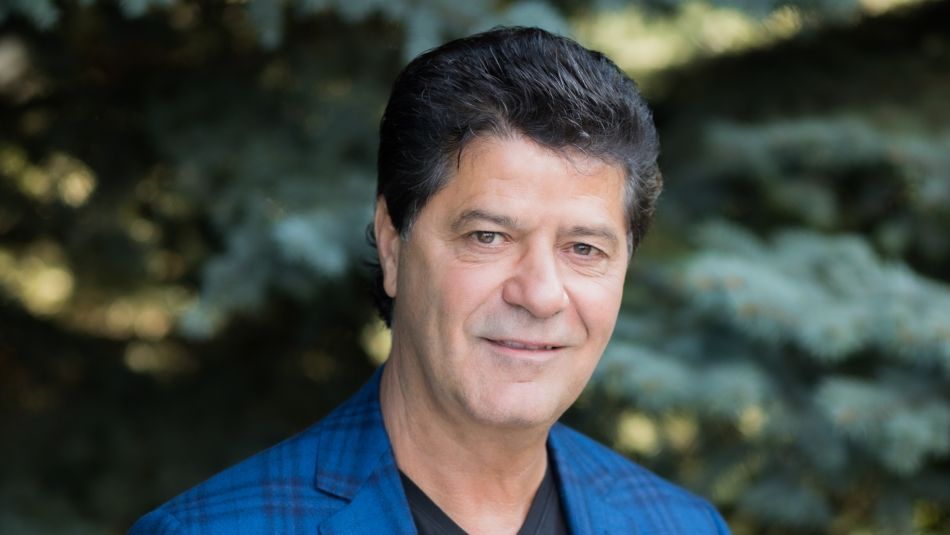
Share
The aviation industry will come back.
People will travel again, for business, for pleasure, to see family or to new job opportunities in another city or even another country. This is well understood by all levels of government.
It won’t happen tomorrow, of course, but it will happen, and we need to be ready.
The first thing, of course, is to make sure that the industry has what it needs to reopen. There is a growing consensus that ensuring Canada has an aviation industry in the future will require the federal government playing a greater role.
Canada’s air transportation industry employs 141,000 workers and contribute $35 billion to the economy every year. They also move imports and exports worth more than $110 billion, supporting businesses and workers across the country.
Airlines also keep families in touch and fly travellers seeking vacations, fueling the tourism industry, and for medical reasons in thousands of communities across Canada.
Given these vital roles, the federal government needs an aviation recovery strategy that focuses on a safe and science-based approach to border controls, an industry support package and a vision for the future that ensures a safe and thriving industry for passengers and workers.
The industry will need financial support to remain viable, serve its vital role and remain prepared for the future. While other nations have realized the need to maintain the air transportation industry by providing sector-specific financial support, Canada has yet to do so.
There has been some support, such as waived airport rent and wage supplements, but not nearly enough to ensure survival. As well, the recent announcement that travellers through the Calgary airport can take a rapid COVID -19 test to reduce quarantine times is a great step forward, and could be a model for airports across Canada.
Currently, anyone traveling internationally to Canada, or even between certain regions within the country, must quarantine for 14 days. This is a great disincentive for many to travel at all. We need a real plan to open the skies again. Maybe the Calgary model can be part of that.
Here’s the thing. When aviation does begin to come back, it will need its highly skilled workforce to operate safely. The simple fact is that an aviation recovery is only possible if skilled workers keep up with their training and remain qualified.
Take air traffic control. It takes years to become qualified, and yet reduced traffic levels are preventing those with these unique skills from keeping their skills honed.
There is also currently no plan in place to replace those who have taken a retirement package or soon will. Given the extensive training needed to do the job, this is unacceptable. Flight Service Specialists are being removed from small communities and the concern is they may never return (or those bases are permanently closed). Air traffic controllers were already in short supply, and that is likely to get even worse.
The same goes for aircraft maintenance engineers (AME). AME’s are highly skilled, and there was already a shortage before the pandemic.
Pilots, too, must fly regularly - three take offs and landings every 90 days - to remain qualified, and simulators are limited in Canada. Requalifying a pilot can cost upwards of $100,000 - and thousands of pilots will require this requalification when the crisis is said and done.
The fact is, every job in the aviation industry requires great skill – whether it’s the certified training and requalification that air traffic controllers, flight service specialists, mechanics and pilots must maintain, or the highly computerized jobs of those who check you in and make sure your luggage gets to its destination.
Making sure all these workers are in place and able to do their jobs when we need them will take planning, as well as support from government.
Aviation workers have been on the frontline of keeping Canada safe during the pandemic. They continued to work, bringing home Canadians stuck abroad when boarders were closed last spring, and when so few of us even knew what we were facing.
Since then, they have paid an enormous price as their industry contracted and in places collapsed or is on the verge of collapsing.
We will one day need them and their skills again, and they will return to jobs that have been forever changed by COIVID-19. Until then, we need to have their backs and ensure they can maintain the skills and training they’ll need when we call upon them.


